July 6, 2015
World’s first 3D printed office building to be created in Dubai
 Could this be the shape of things to come? A Chinese 3D printing firm has announced that it has plans to print a fully functioning office in Dubai (where else?). The company, WinSun, will use a 20 foot tall printer to create the components for the 2,000 sq. ft. building which will then be assembled by hand. The local developers behind the scheme claim that the technology, once perfected, will cut project delivery times by as much as 70 percent, waste by up to 60 percent and labour by between 50 and 80 percent, compared to traditional methods of office construction. WinSun has a track record of printing affordable housing in its native country, but this is the first time that it has applied its large scale 3D printing technology to an office building. It also plans to print interior architectural elements and office furniture for the building.
Could this be the shape of things to come? A Chinese 3D printing firm has announced that it has plans to print a fully functioning office in Dubai (where else?). The company, WinSun, will use a 20 foot tall printer to create the components for the 2,000 sq. ft. building which will then be assembled by hand. The local developers behind the scheme claim that the technology, once perfected, will cut project delivery times by as much as 70 percent, waste by up to 60 percent and labour by between 50 and 80 percent, compared to traditional methods of office construction. WinSun has a track record of printing affordable housing in its native country, but this is the first time that it has applied its large scale 3D printing technology to an office building. It also plans to print interior architectural elements and office furniture for the building.








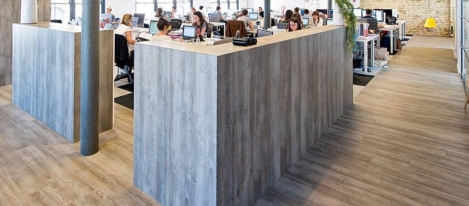
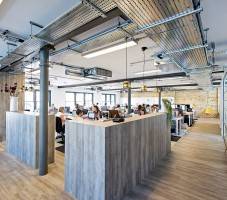
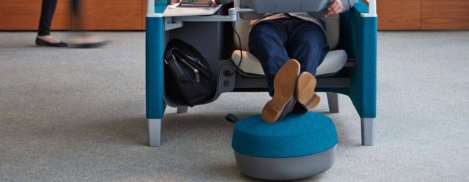
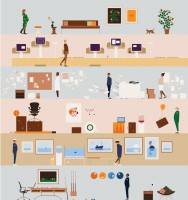

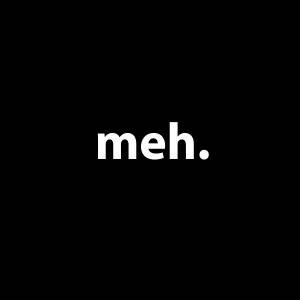






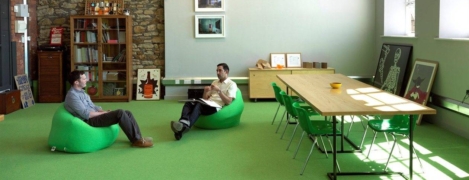
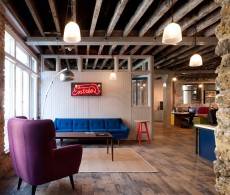











July 6, 2015
Humans will remain at the heart of the emerging digital workplace
by Maciej Markowski • Comment, Flexible working, Technology, Workplace design
(more…)